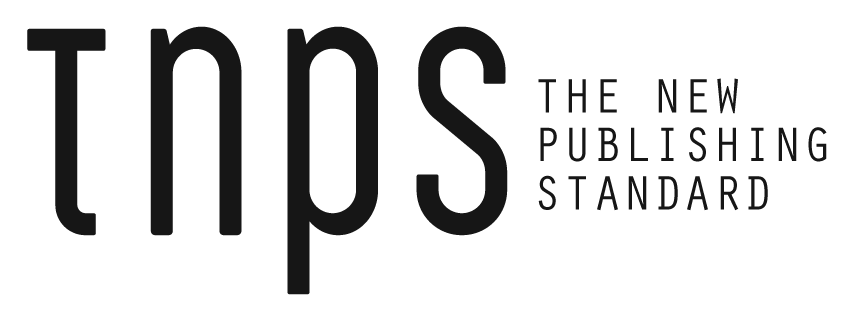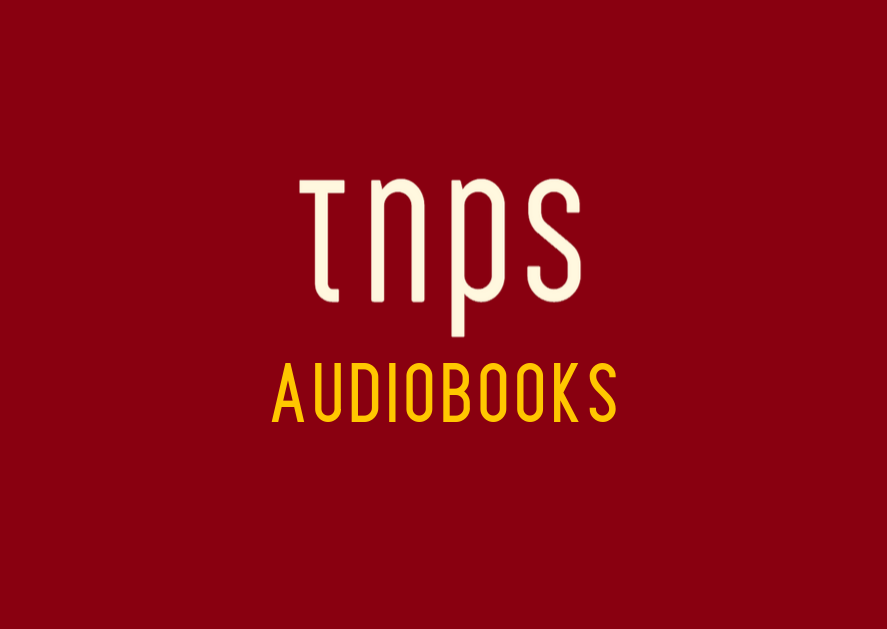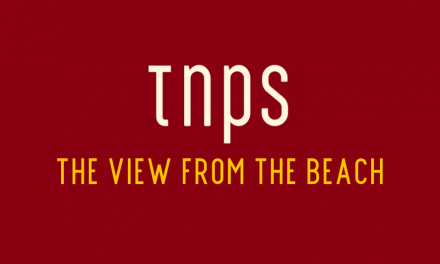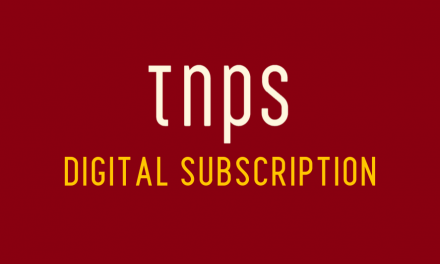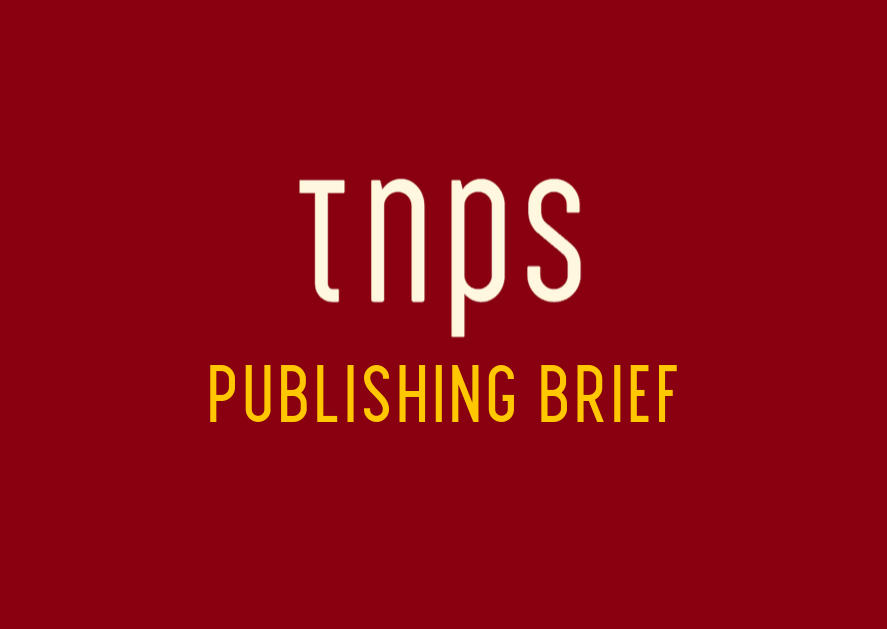The technical model – multi-actor narration, scene-based scripting, non-linear recording sessions, and cinematic sound post-production – requires higher up-front investment but generates a differentiated product. It’s positioned to meet growing demand for immersive content from podcast consumers and audiobook subscribers alike.
A Strategic Tie-In with Cinematic Synergy
On June 24 this year, Penguin Random House Audio will release All-Star Superman – a full-cast audio adaptation of Grant Morrison and Frank Quitely’s acclaimed comic. Featuring 25 actors, an original score, and immersive sound design, this high-production-value release is timed to precede James Gunn’s new Superman film in July. It’s a calculated example of cross-media synchronisation: publishing aligning with studio marketing cycles to expand IP visibility and capture new audiences.
IP Re-use and Format Innovation
This adaptation directly translates a 12-issue comic series into audio, with script adaptation by Meghan Fitzmartin. Unlike conventional audiobooks, which typically use a single narrator, this format blends voice acting, ambient sound, and narrative introspection – akin to prestige podcasting or audio theatre.
The technical model – multi-actor narration, scene-based scripting, non-linear recording sessions, and cinematic sound post-production – requires higher up-front investment but generates a differentiated product. It’s positioned to meet growing demand for immersive content from podcast consumers and audiobook subscribers alike.
Rights and Licensing Considerations
The collaboration between DC and PRH Audio reflects a sophisticated re-use of licensed content. Audio adaptations of comics represent underexploited IP with high potential for transmedia monetisation. With four more DC titles slated for audio adaptation, this marks a shift towards serial audio publishing as a viable secondary rights channel.
From a rights perspective, such projects may require bespoke agreements covering voice talent, script adaptation, music rights, and underlying artwork permissions (Quitely’s new cover, for example). Publishers and agents should prepare for multi-layered licensing terms as these formats grow in prominence.
Market Development and Audience Strategy
Anne DePies (DC) positions this as both an onboarding tool for new fans and a value-add for existing ones – an approach that aligns with broader trends in audience development via audio. Meanwhile, Lance Fitzgerald (PRH) signals deeper character insight and emotional texture, enhancing narrative engagement.
For publishers, producers, and rights professionals, the message is clear: multi-actor audiobooks are no longer experimental. They are a maturing format with cross-sector potential – and increasingly, a strategic pillar in IP portfolio management.
If this seems a step too far for smaller publisher and independent authors, a middle way opens up with multi-voice talent without the cinematic effects, similar to traditional radio plays, perhaps using new voice talent from amateur dramatic groups that values first exposure over higher fees.
Back in the 2010s there simply wasn’t the audiobook reach to justify the cost of a studio. Today, no excuses…
This post first appeared in the TNPS LinkedIn newsfeed.
